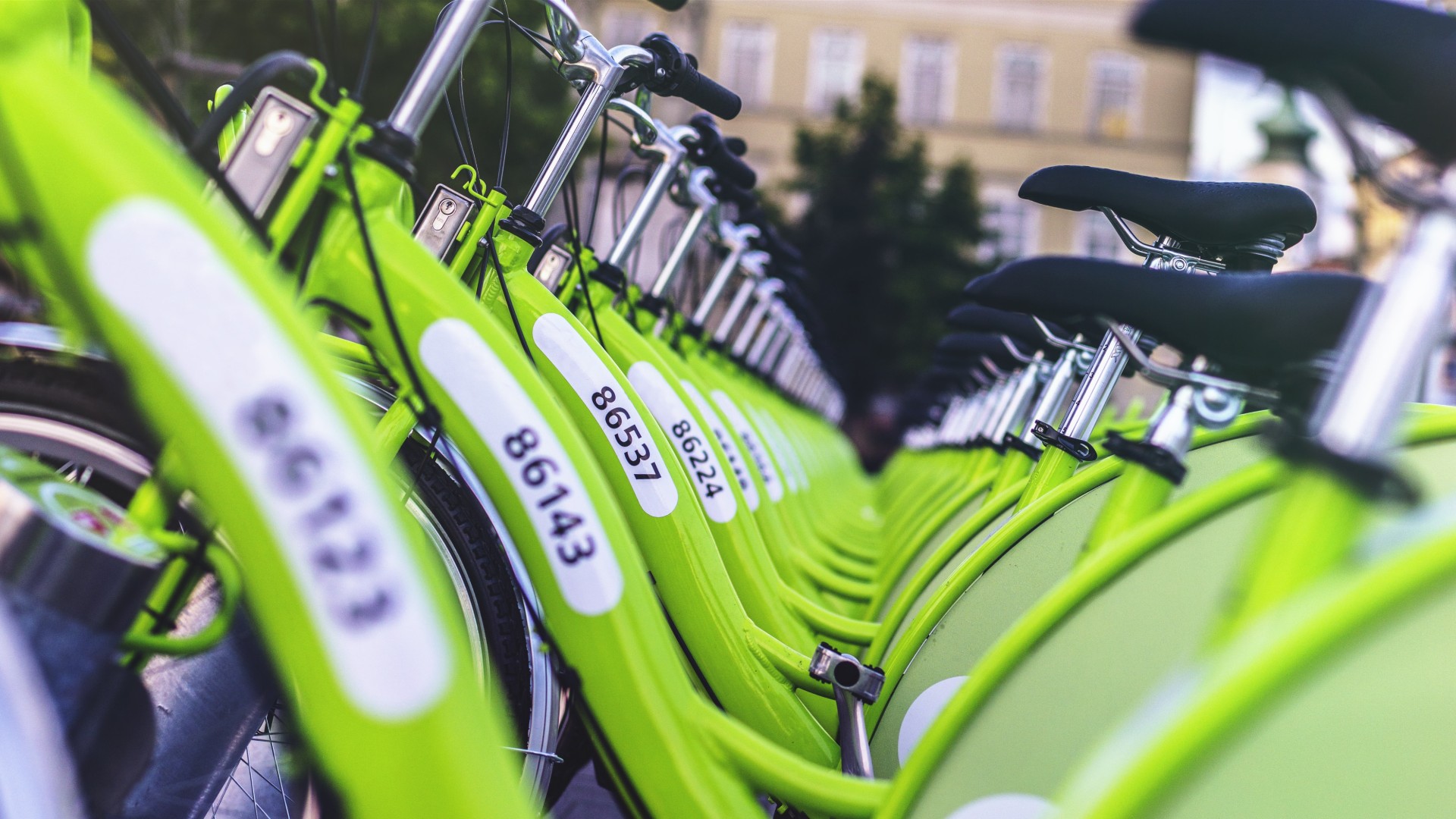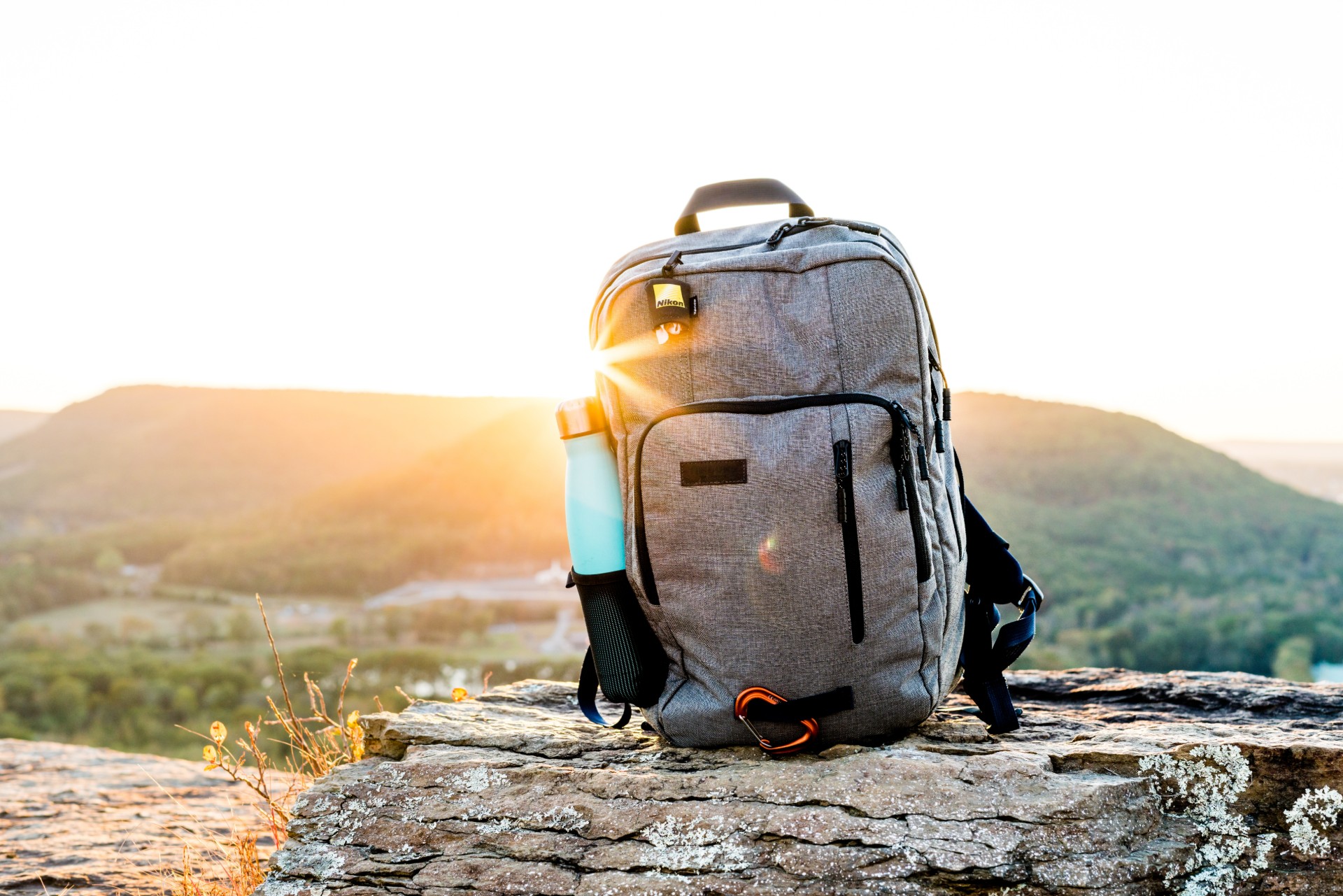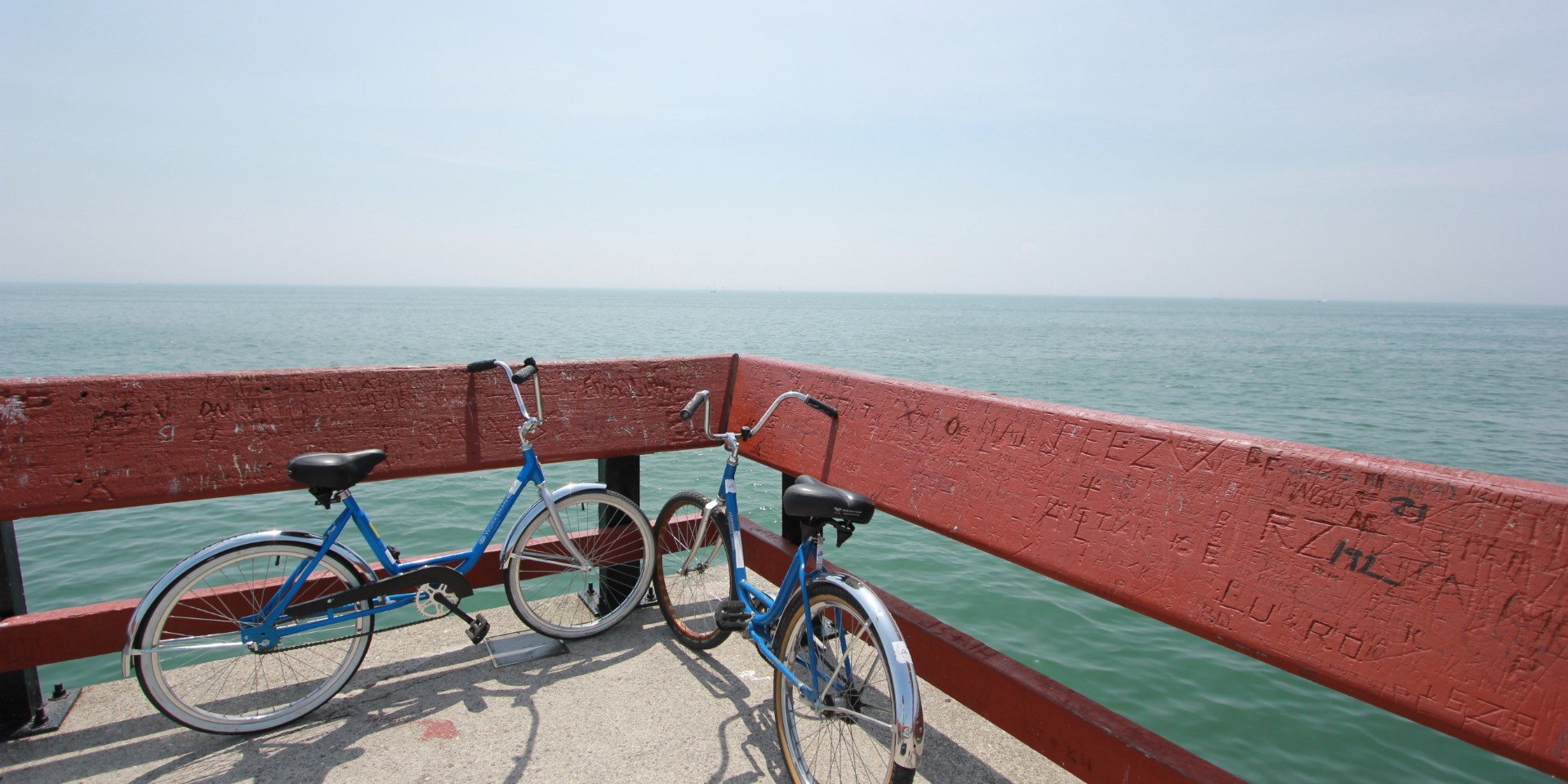Travelling green is the next big thing, yet most of us are oblivious to what we’re supposed to do and merely stick to the basics. Many travellers think that avoiding single-use plastic, and keeping your hands off the corals are sufficient — but they are not.
There is always more that we can do to save Mother Nature from its slow, but sure, descent into catastrophe. But you don’t have to stay home and swear off travel altogether – things aren’t quite that dire yet.
Its true that our travels do leave a fair bit of carbon footprint to the detriment of nature. From the flights themselves to the use of plastic travel products, almost everything we do during our travels has an impact on the environment.
However, there are ways for us to reduce our negative influence on the Earth. And at the same time, adopting these sustainable travel habits may also influence other travellers to do the same, which is definitely a boon to the environment.
So without further ado, here are some of the ways for you (and hopefully others) to travel (more) sustainably.
1. Everything Starts With Your Travel Itinerary
Your sustainability efforts begin during the planning phase of your trip. Before you even make your way to the airport, you’ll need to decide on your itinerary — and more particularly, your travel destination.
This is an important decision as your destination of choice has a big effect on your environmental footprint. Going to a faraway locale entails a longer flight, which consequently means more jet fuel burnt. But there are steps you can take to offset your carbon footprint, at least a little.

Photo by Viktor Kern on Unsplash
For one, visiting a pedestrian- or bicycle-friendly place will let you get around without contributing to greenhouse gases. Additionally, try to avoid destinations that are vulnerable to the presence of large crowds. Examples include ancient destinations such as Venice, Machu Picchu, Angkor Temples, Teotihuacán. Alternatively, choose to visit during the off-peak season to avoid overstraining these popular attractions.
Otherwise, taking the road less travelled is also a great alternative to these popular tourist spots. Rather than visiting the crowded streets of Venice, lesser-known European capitals like Tallinn, Ljubljana and Belgrade offer similarly interesting attractions such as centuries-old architecture, hip art scenes, and plenty of winding streets to explore — with the added benefit of having little to no crowds.
Also, do stay away from large cruise ships, mega-resorts, and large beachfront developments as they’ve built up a reputation for being not exactly eco-friendly. Thankfully, more all-inclusive holiday operators are starting to increase their eco-friendliness, so do your research before you book.
2. Embrace The Local Way Of Life
In a similar vein, staying in a single location to embrace the local culture during your travels will also go a long way in helping the environment.
Now, we know that most travellers tend to try and cover as much territory as possible when they travel. They want to see and experience as much as they can to make the most out of their holiday. Fair enough.

Photo by Ruben Hutabarat on Unsplash
But indulge us if you will. We’d recommend adopting and embracing a slower pace when you travel. Rather than go on a city-hopping jaunt, stay put and get more intimately in tune with the local community. Enjoy the local food scene, try to mingle with the local crowds, and attempt to master the public transportation. Also, partake in the local festivities including farmer markets and seasonal attractions.
This way, we promise you’ll be able the appreciate the local flavor of your destination, while also helping to reduce the carbon footprint of your trip.
3. Take A Close, Hard Look At Your Luggage
When it comes to packing your luggage, it’s really simple — pack light and pack smart.
Packing light will not only save you money but also the environment as well. Overpacking means you’ll be charged for the extra baggage, and the additional weight also means more fuel is required for the plane to take off.
This will increase the amount of greenhouse gases released into the atmosphere, going up with every kilogramme of extra weight.

Photo by Josiah Weiss on Unsplash
On a related note, do a thorough check on the contents of your luggage. We’d suggest packing some light environmentally-friendly travel products when you travel. For instance, reusable water bottles, travel mugs, recyclable shopping bags, metal straws, etc. are convenient and great for the environment.
And while we’re still on the topic, make sure to avoid buying single-use/seasonal holiday clothing as it’ll only clog up your closets after your trip. Eventually, you’ll get rid of the garments, which end up in landfills.
If you really need to stay warm, might we suggest layering your clothes instead?
4. Stay At Eco-friendly Accommodations
When travelling, picking the right hotel will help in your journey to achieve higher sustainability. In this case, you may choose to stay at a place that is eco-friendly.
It’s easy for hotels to claim that they’re the planet’s champion while their practices indicate the opposite. From the type of bulbs used to the linen on their bedsheets, you can tell how much a hotel cares about the environment from their facilities alone.

Photo by Mohamed Ahsan on Unsplash
Specifically, you should look for environmental certifications from independent third party organizations. Along with that, do your research to find out more about the hotel you’re planning to stay at. Pick a hotel that is owned by a local, and skip out on the franchise hotels — this way, you can be sure that the profits will stay in the community.
Alternatively, you could also consider house swapping, local homes/homestays via Airbnb, or camping as accommodation options if there isn’t an eco-friendly hotel at your destination.
5. Pick And Choose Your Souvenirs Carefully
Ah yes, souvenirs can be a fond reminder of your travel destination, while making great gifts for your loved ones. But only if you avoid gimmicky, junk purchases that are more than likely to be tossed in the trash eventually.
You’ll also need to do your research on where an item is made — there’s no point in buying a souvenir imported from somewhere else. Plus, certain cultural souvenirs may not be reflective of the indigenous community. Worst still, they could even be potentially exploitative. In short, do your research and ask loads of questions!

Photo by Eduardo Vázquez on Unsplash
When in doubt, go for meaningful souvenirs such as art, textiles, and ceramics. Local food or edibles, such as chocolates, candy and spices are also great choices.
Don’t forget you may not actually need to buy a physical souvenir. Take a picture instead — it’ll last longer!
6. Stay Away From The Wildlife
Wildlife tourism is a form of travel that likely won’t go away anytime soon. But you can still do your part for these poor (and sometimes exploited) creatures.

Photo by JAYAKODY ANTHANAS on Unsplash
Although they sometimes come a little too close for comfort, thanks to human encroachment, wild animals belong in their natural habitats and not in some small, dinky enclosure. Tourists looking to take a photo, touch, and ride on these animals only makes them confused and experience a high level of stress. And the presence of humans may even drive animals away from their feeding, breeding or resting areas.
So the next time you’re travelling, skip out on the swimming with pigs, snorkelling with dolphins, and sitting on elephants portion of the trip. These animals will thank you.
But if you truly can’t bear to miss out on the local wildlife, head over to some conservatories and observe the animals from afar. Consider also donating to the local animal protection organizations to help with their preservation efforts.
Top photo by Meghan Yabsley on Unsplash




